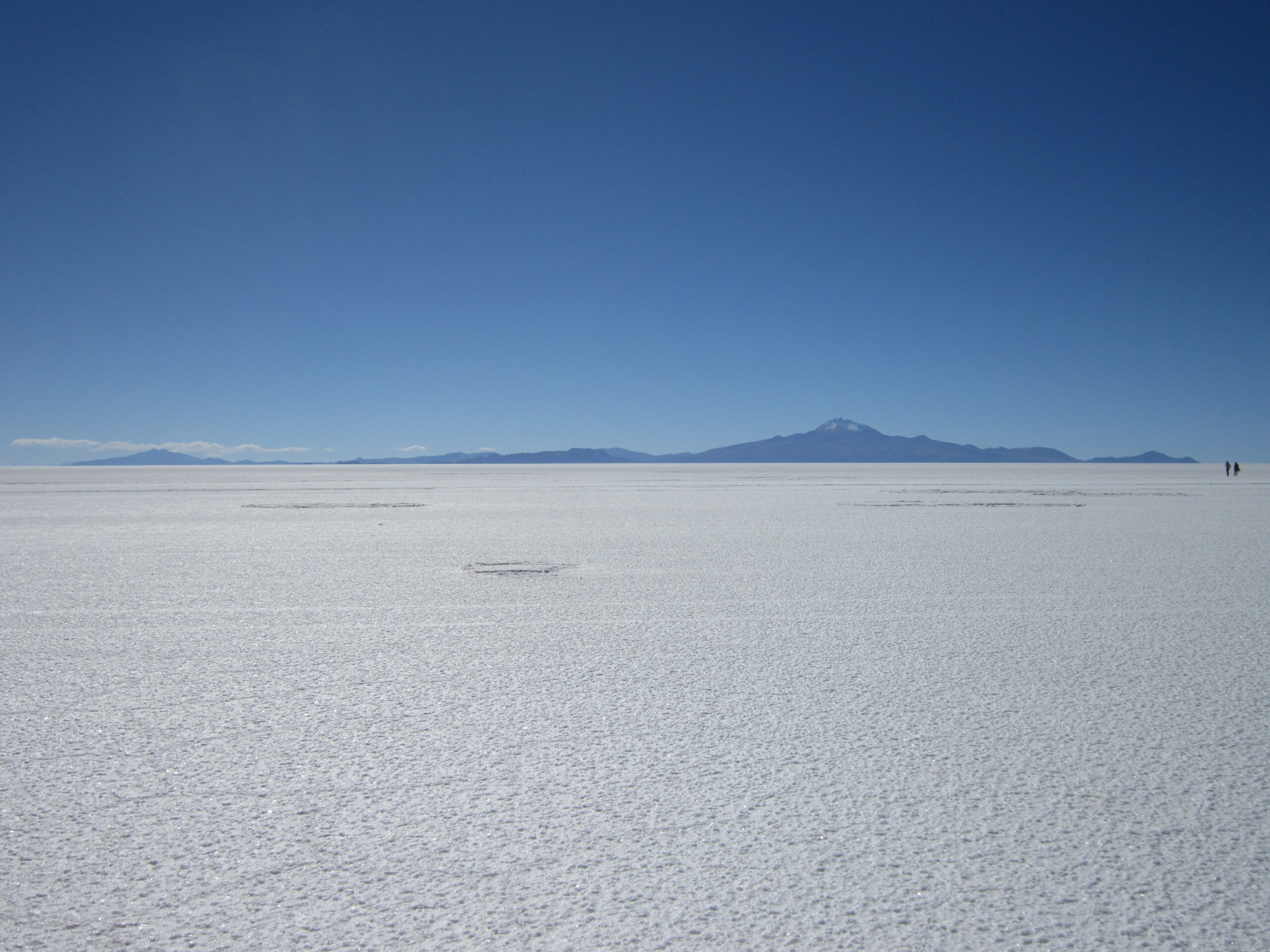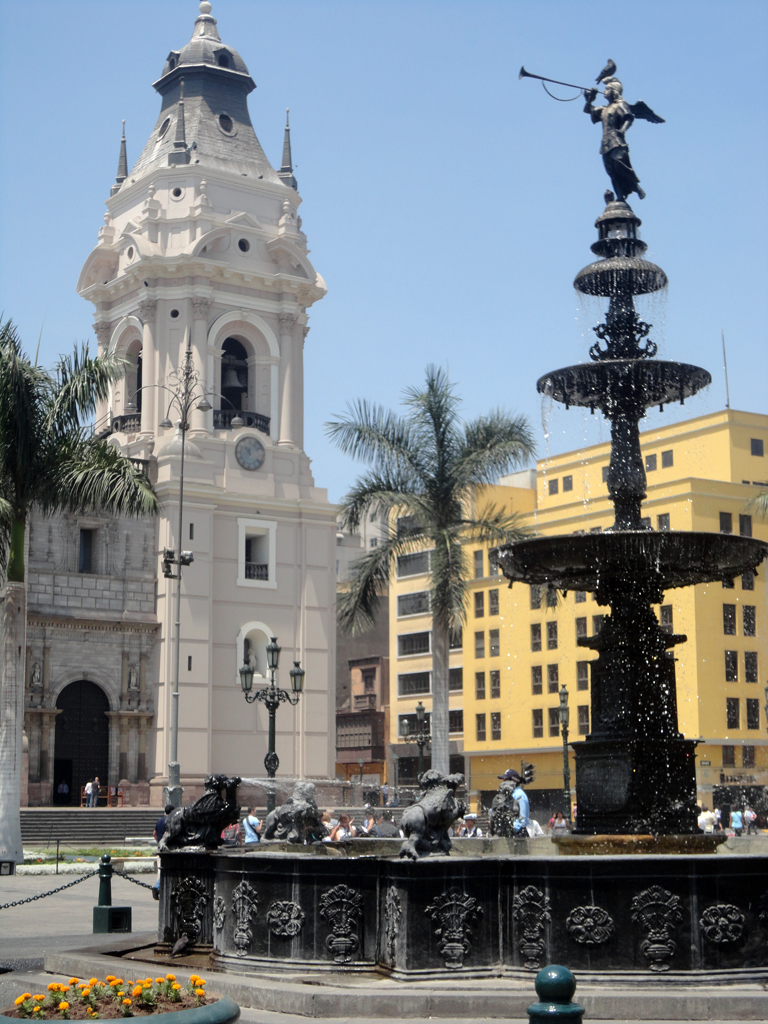
When the conquistador Pizarro founded Lima some 500 years ago, he dubbed it the City of Kings. It’s certainly a city of more than just kings, for the good and the bad! The city had been inhabited long before the Spanish conquered the area by several cultures, from the Inca and further back centuries by the aptly named Lima. The area once held great religious significance as discovered by the nearby spectacular ruins of Pachacamac, where pilgrims would venture to for audience with the oracle who spoke for their creator god, Pachacamac.
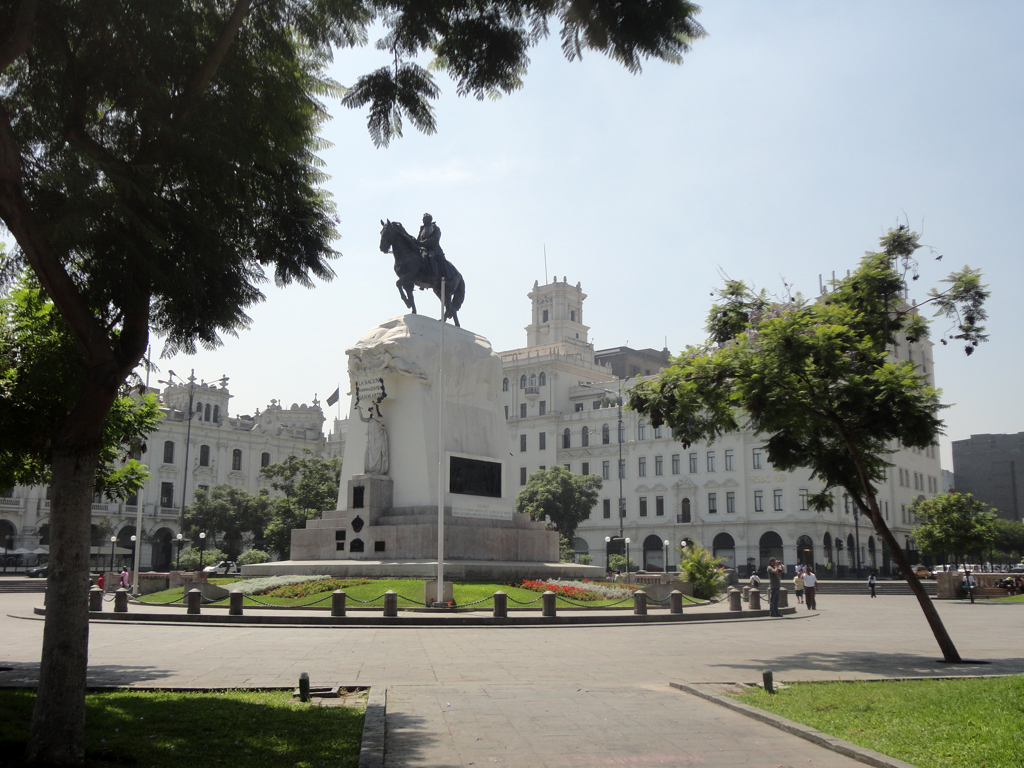
On the bus ride to Lima I had lunch with a Frenchman who was also on the Chavin tour in Huaraz. He’d called several of the hotels in Lima in advance and none had vacancies. However he was calling around the suburb of Miraflores where it’s gringo ground zero. I decided against this and decided to head into Central Lima instead. I was having flash backs to Quito, Ecuador, where the tourist area is mind numbing expensive and centro is cheaper and it’s where all the attractions are too.
After being turned down by the first hostal on the Plaza San Martin the reception called their sister hostal two blocks away. They had rooms and sent someone over to guide me there. As it turns out it’s a well known cheap hostal called Belen, located in an old mansion. The shared bathroom certainly looked like it hadn’t been renovated for 500 years, yet there were just something cool about staying in an old colonial casa within the walls of a giant bedroom decorated with antique furniture. I couldn’t help but wonder what wealthy noble once owned and lived here, and what he would think of his home being turned into a cheap hostal!
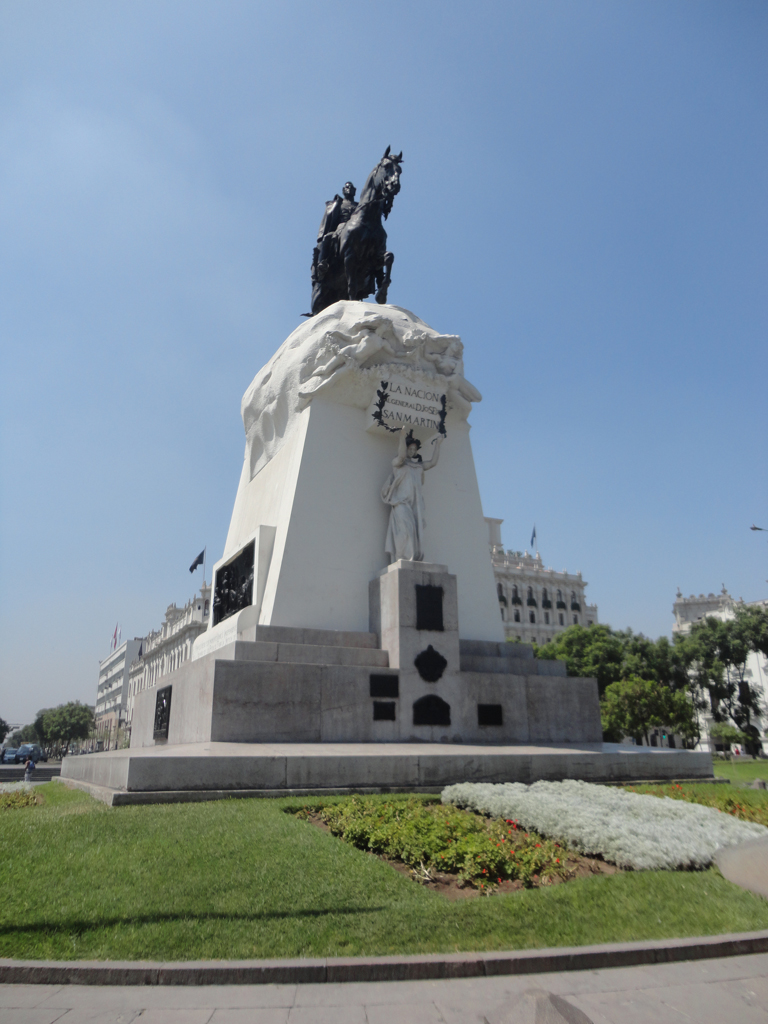
Back up the road is the Plaza San Martin dominated by a statue of Don Jose de San Martin, who was the nice chap that liberated Peru and other parts of South America from the Spanish. He and Simon Bolivar were the superhero duo fighting the Spanish rule throughout the continent. The most interesting aspect of the Plaza are the small circular forums built into the park walls, where every evening fiery discussions take place just like in the old forums of ancient Greece. The plaza
also seems to be the hotspot for protests, I must have seen at least 4 protests here particularly leading up to Semana Santa (Holy Week).
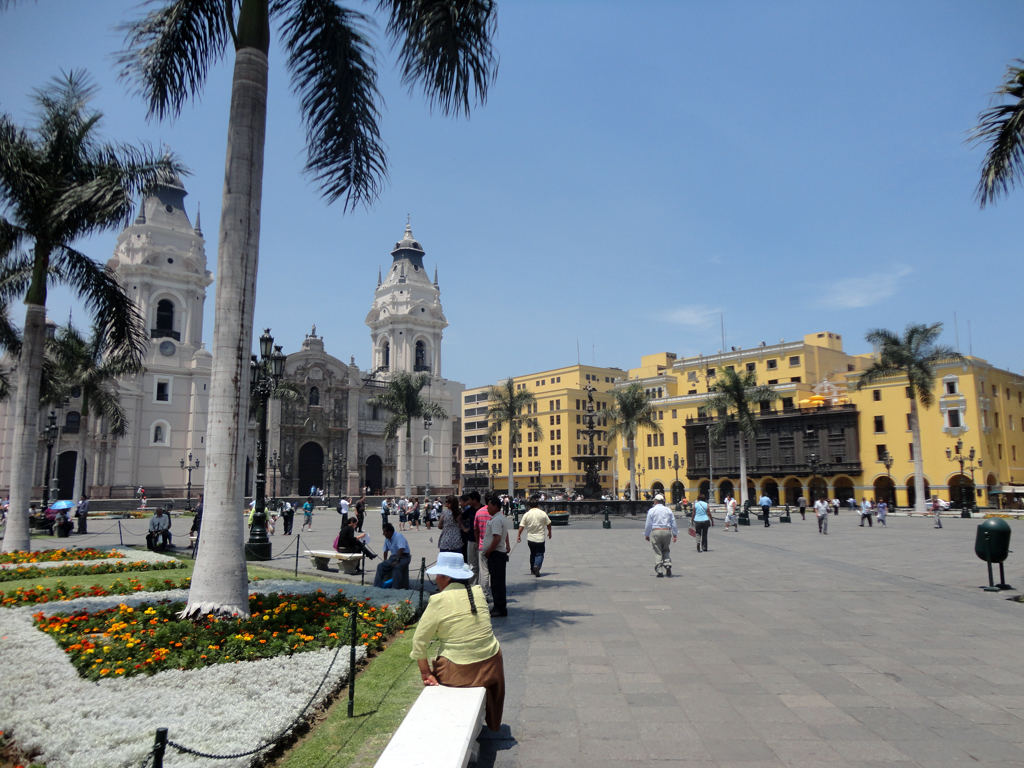
From San Martin is a pedestrian strip that leads several blocks to the Plaza de Armas. Walking through the old city you’re surrounded by centuries old mansions and looking up at ornate balconies at every turn. This is where Lima really shines as a beautiful city, the old Spanish, French and Italian architecture is grandiose to
gaze at and it’s easy to be swept up into feeling you’re standing in a city seeping with history and culture. Outside of centro is a little different, but lets not go there just yet.
The Plaza de Armas, I must say, it isn’t that amazing compared to other cities. It’s kind of a let down, I think it’s the lack of park life that other plazas seem to pride
themselves on. The plaza here is just too concrete and formal, which perhaps makes sense considering the Municipal Palace, the Government Palace, the Archbishops Palace and the Lima Cathedral surround it. The Municipal had a free photo exhibit on showing an impressive collection of black and white photos by an artist I can’t remember the name of, it showed a series of shots back in the 70’s of Peruvian shanty towns.
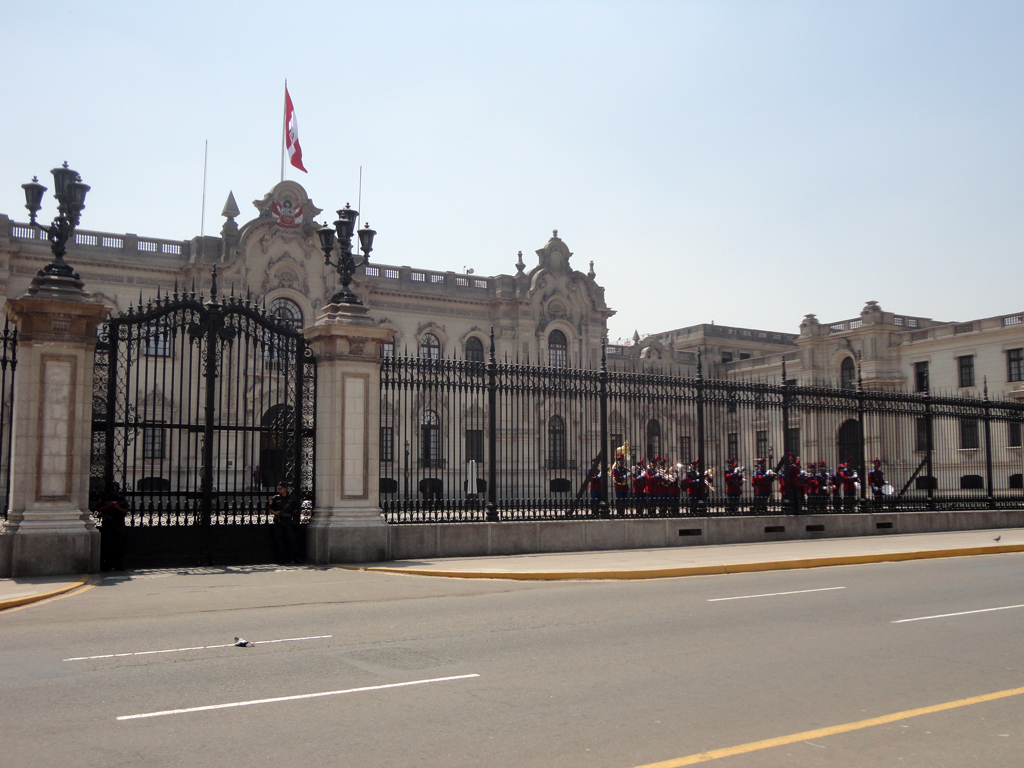
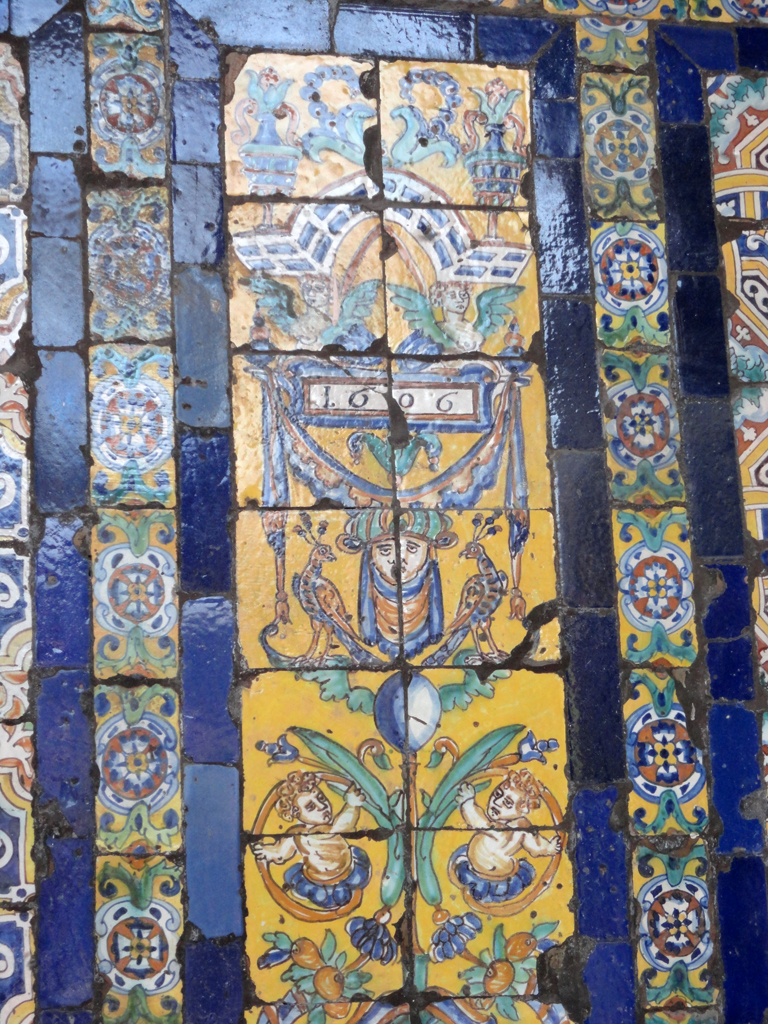
I skipped over seeing the Cathedral. They were asking for 30 soles to go inside, which included seeing the Archbishops Palace too. Meh, I’ve seen enough churches in my time and the other churches around Lima are impressive enough. Also the cathedral was open the following Sunday to mark the beginning of Semana Santa! You can’t enter the Government Palace however at midday they perform the changing of the guard. Complete with brass band wailing out military tunes for an hour, the guards dressed in blue and red slowly march in the Palace square. It’s a shame the president didn’t show up like in Quito, and I know the
president was in town as on my second day in Lima a massive police presence made itself know, swarming over the plaza in full riot gear. If there’s one
thing I’ve learnt about Peruvian police, they don’t do things half arsed – it’s dress in cloth uniform or unleash the body armour and riot shields; no middle ground here!
The Monastery of Santo Domingo dates back 400 years, the bell tower being rebuilt no less than 3 times after earthquakes. I was lucky enough to be the only one visiting at the time and had my own guided turn by a very knowledgeable lady that spoke English. The main courtyard is a beautiful garden where they now hold wedding receptions. It has restored paintings showing the life of Saint Domingo hanging from all the walls and hand painted tiles dated 1606.
The wedding ceremonies are held in the very first university in the Americas. Wooden chairs sit against the walls where the students once sat, and high above overlooking the class is a booth where the bishop would sit in judgement of the students. The student would give his essay to the class, and if they passed the bishop would open the box window indicating his approval. If the window stayed shut, the student failed. It would have been a nerve wracking way to be graded!
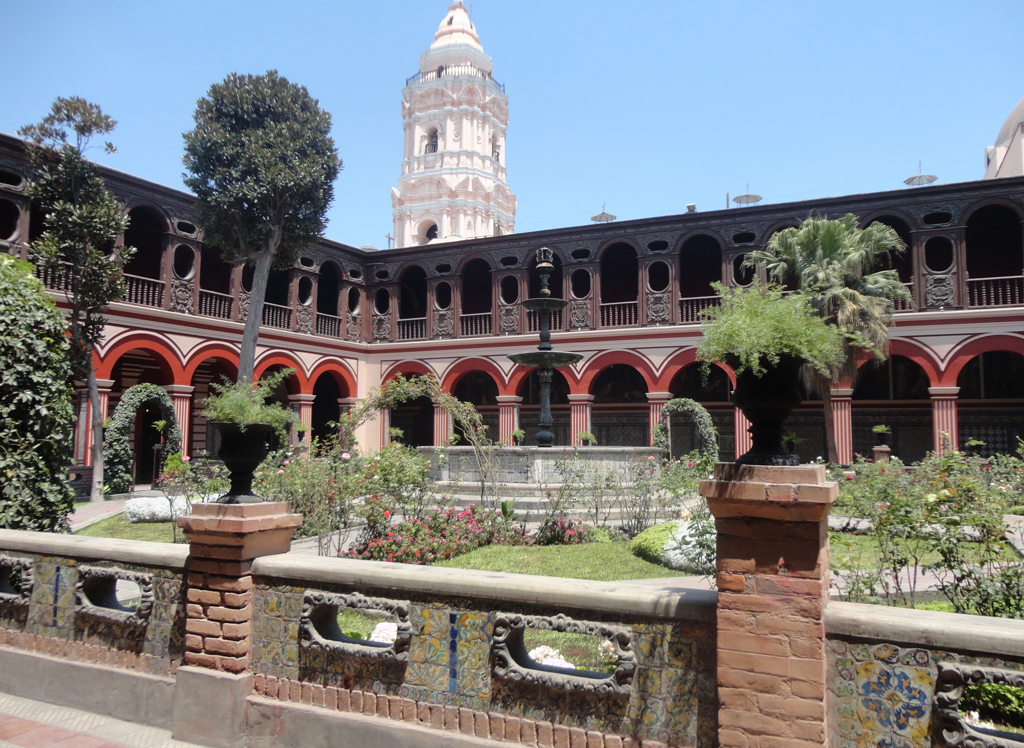
The monastery is also the resting place of Santa Rosa, the saint of all South America. Her tome is covered with gifts from pilgrims and there is a box where people drop in their written wishes to her. Here is also the resting place of the first black saint, Saint Martin, who is the patron of the poor and basically tradies.
His statue shows him wielding a broom, and at his feet are a mouse, cat and dog chilling out together representing racial harmony.
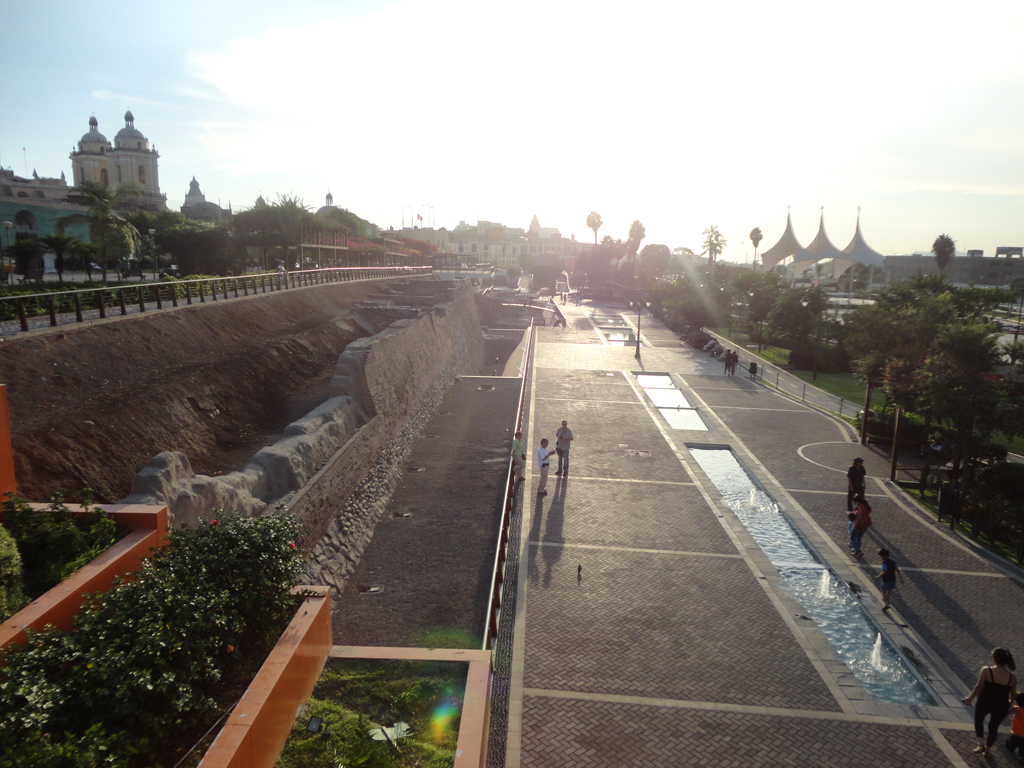
Another monastery I visited was of San Francisco. The draw card to this church are catacombs, where you decent into a labyrinth of stone with piles of bones at every turn. Not all of the catacombs have been excavated and it is believed they reach to the Government Palace, about 3 blocks away. Unfortunately the tours of this church leave every half an hour, so you’re pretty much stuck with a group and a Spanish speaking guide. Thankfully there’s also plaques in English, so there was me a few other guys that bee lined to these as we made our way through.
The city of Lima is built between the Pacific Ocean and the rivers Rimac and Lurin, and when it was founded walled fortifications were built at the rivers. In the Park of Wall are what’s left of the walls, the park built around the walls remnants as a
showcase. In this park is also the statue of Pizarro, the statue having been moved around so many times it would appear as though nobody wants him. I actually asked the guide in Santa Domingo what peoples view on the conquistador are and she was of the opinion he isn’t well liked. Not surprising there’s no love for the man that slaughtered your people!
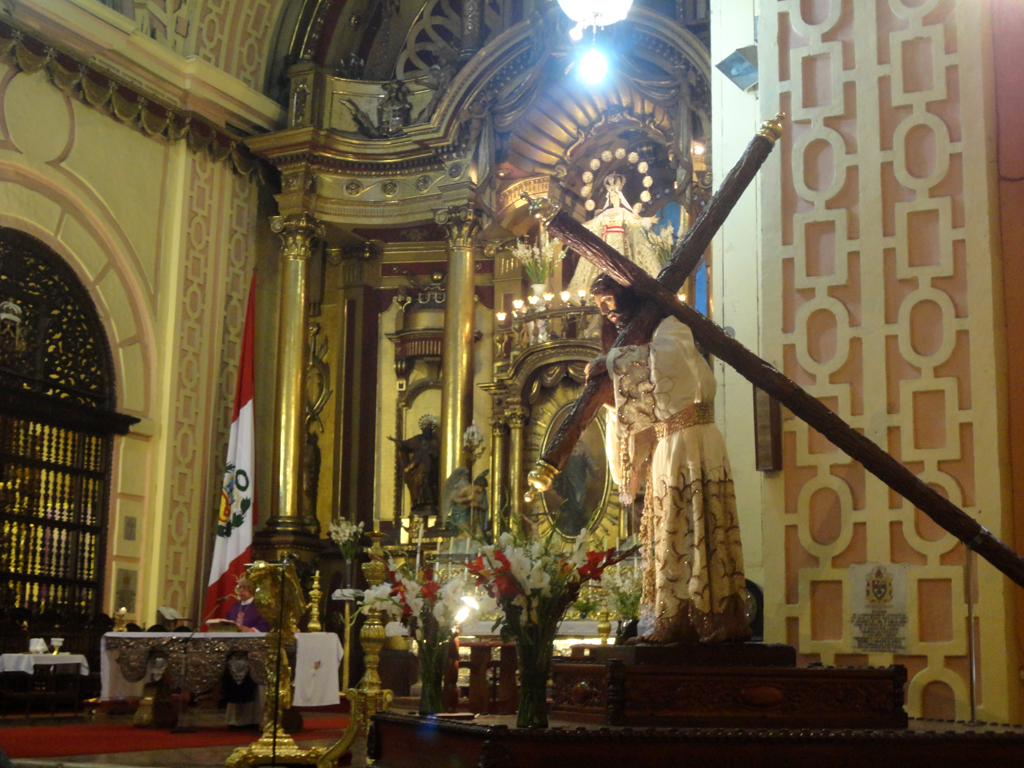
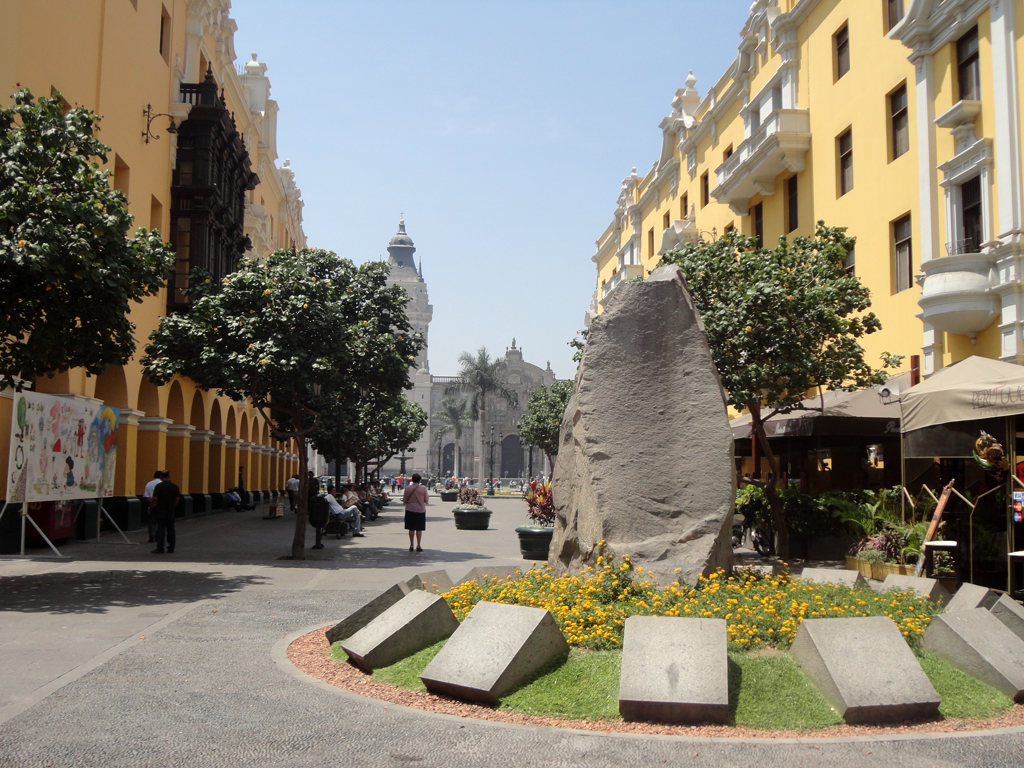
It was here that I ran into the two brothers. I didn’t expect to see them after Huanchaco, but lo and behold I run into them again. They were only staying the night before moving onto Ica, and yet somehow we ran into each other the next day as well. They had meet up with a French guy they’d met back in Ecuador, so we all headed to a bar that was showing the Barcelona and AC Milan football game. After the game I decided to head back to the hostal while the rest of the guys headed to an internet cafe. I probably should have stayed at the cafe.
Walking back the crowds parted and a video camera appeared and a lady with a microphone came over to me. After explaining I didn’t speak much Spanish she said it didn’t matter, we’ll make do with English. She showed me three animals, a rabbit, a horse and a bull, and I had to pick which one I was. Okay, I’ll go with the bull. She then asks whether it was because of its dick size… wait, what, what is this show for? I looked at the microphone and it was some kind of sex show. She then asked me to impersonate a bull, and after much cajoling I finally gave in and tried my best at the imitating a bull while shaking my head in disbelief what I was doing on a crowded street in central Lima.
More Lima to come!
